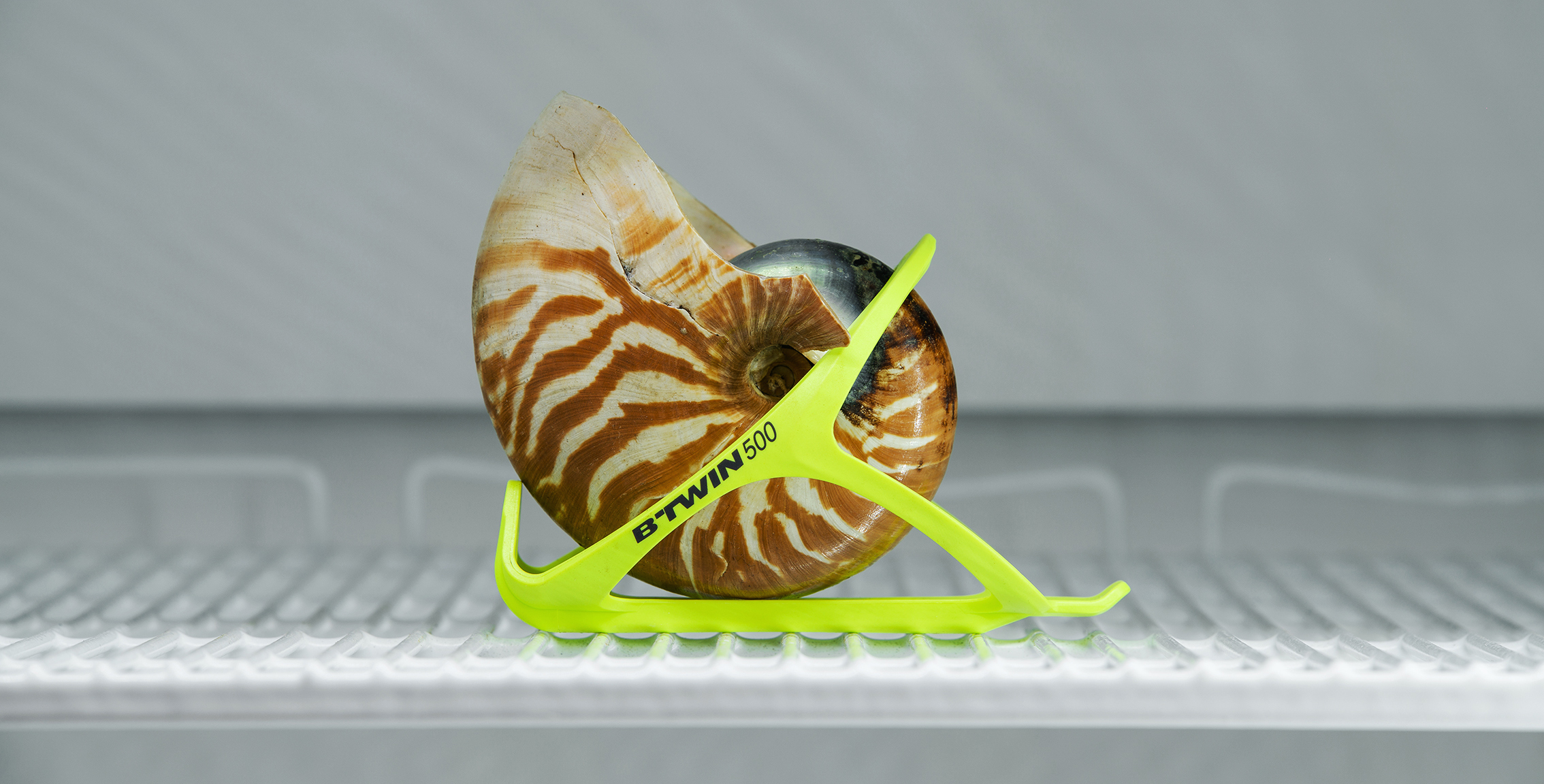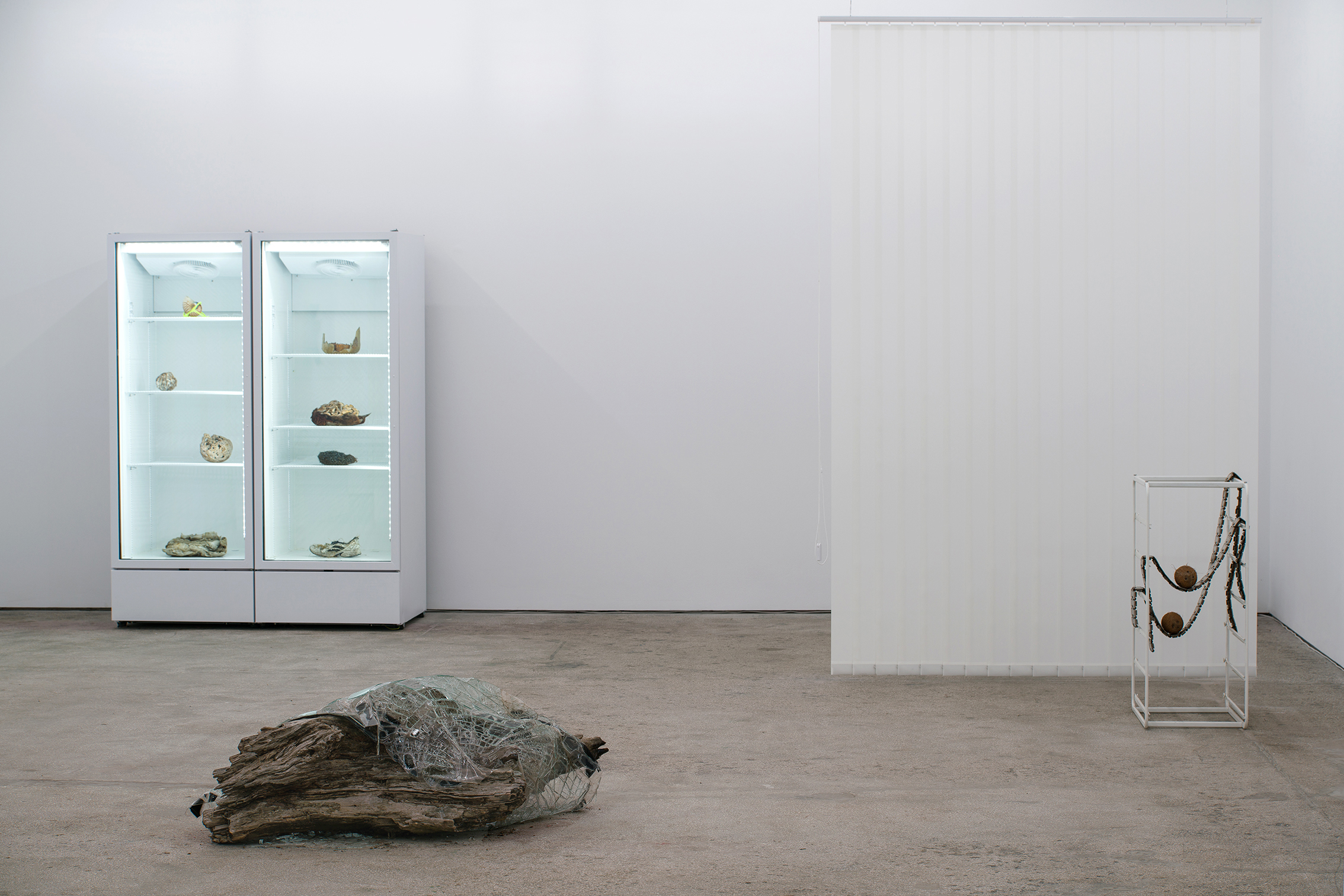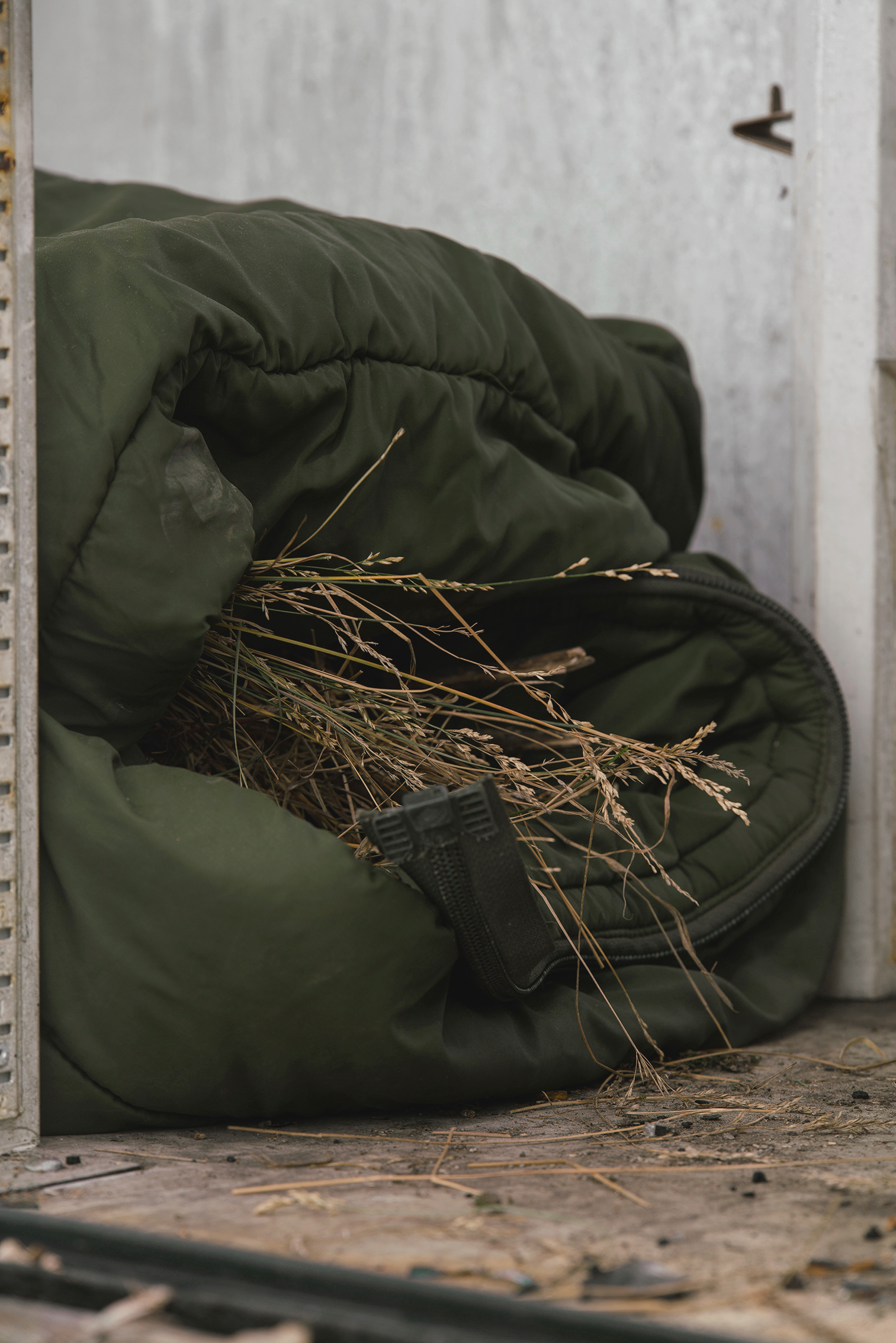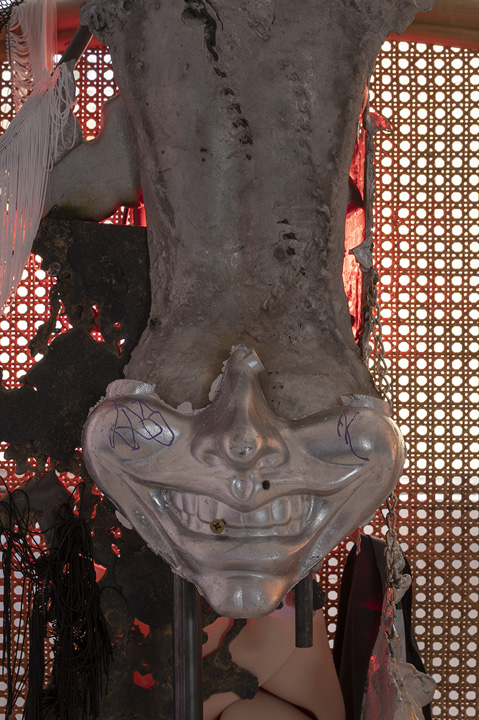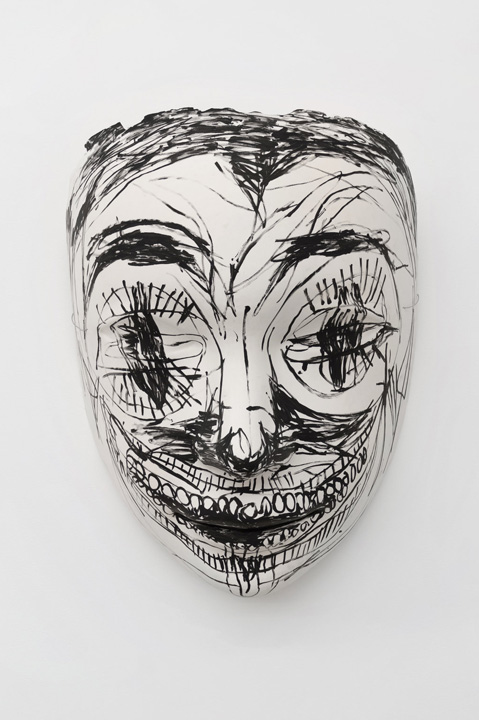
In the eyes of many human beings, life appears to be a unique and special phenomenon. There is, of course, some truth to this belief, since no other planet is known to bear a rich and complex biosphere. However, this view betrays an “organic chauvinism” that leads to underestimate the vitality of the processes of self-organization in other spheres of reality. It can also make us forget that, despite the many differences between them, living creatures and their inorganic counter-parts share a crucial dependence on intense flows of energy and materials. In many respects the circulation is what matters, not the particular forms that it causes to emerge. As the biogeographer Ian G. Simmons puts it, “The flows of energy and mineral nutrients through an ecosystem manifest themselves as actual animals and plants of a particular species”. Our organic bodies are, in this sense, nothing but temporary coagulations in these flows: we capture in our bodies a certain portion of the flow at birth, then release it again when we die and micro-organisms transform us into a new batch of raw materials. [excerpt from “A thousand years of nonlinear history”, by Manuel DeLanda]
